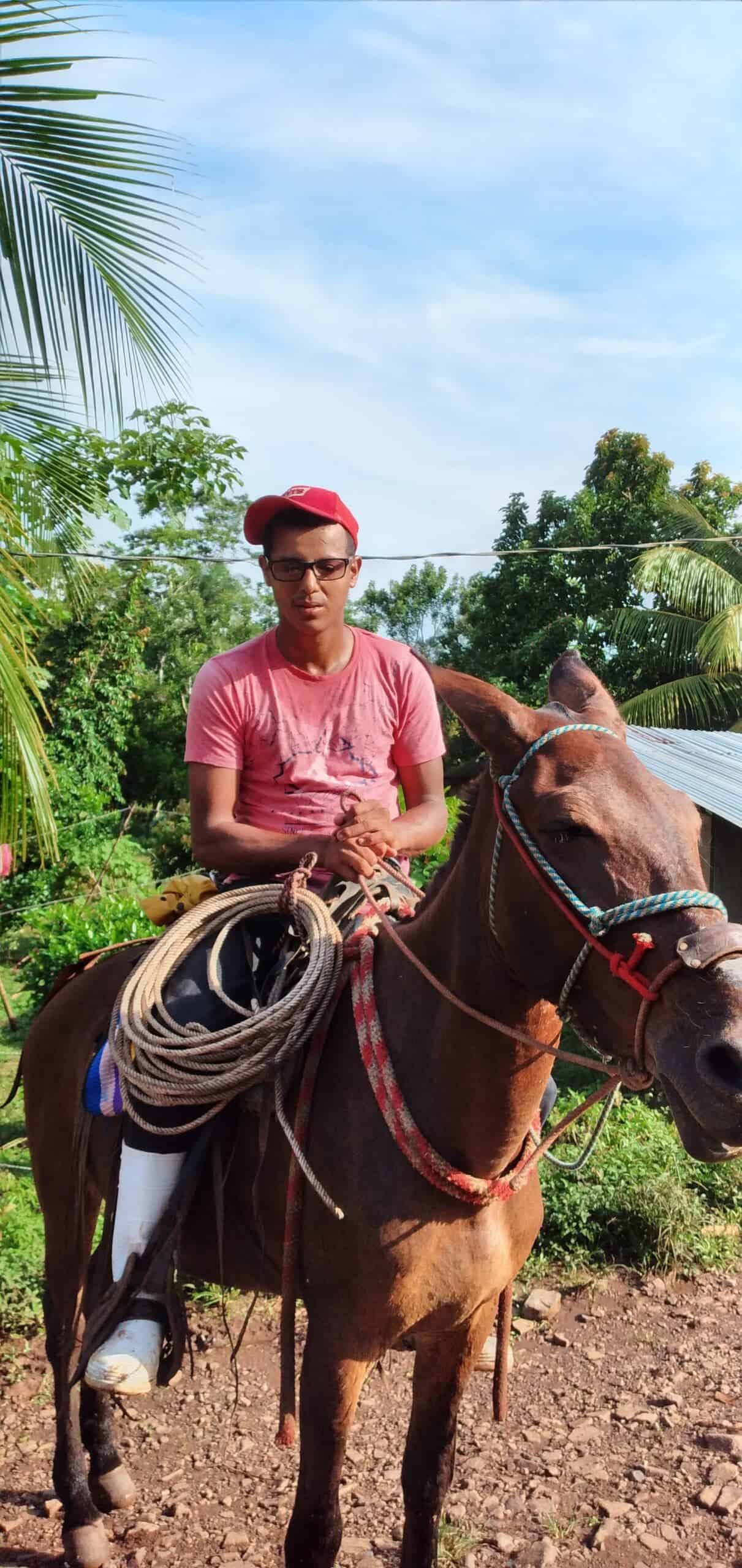
By Rodolfo Ricardo Hernandez Navas, Agriculture Program Officer
Across Nicaragua, farmers are greatly challenged by irregular crop sales prices. Many farmers depend on microfinance lending companies to finance their farming operations, but these companies charge very high interest rates. This means that in order to repay the loans, farmers are forced to sell their final products to predatory intermediaries. Since there is no pricing regulatory body for agricultural production, prices are dictated by the intermediaries, who buy up most small- and medium-sized farmers’ products for resale. These farmers often receive unfair prices for their products, and their families’ incomes are hurt in the process.
Another challenge farmers face is a lack of improved planting systems and not relying on their empirical farming knowledge inherited from their ancestors. Year after year, production declines due to poor agricultural techniques. This is why Self-Help International’s Agriculture Program provides training and tools (like the double-row planting technique) and technologies (high quality protein maize, or QPM, adapted to the zones and climates of Nicaragua). These allow rural families to fight hunger and improve production. Utilizing existing resources and avoiding soil contamination allow these farmers to advance their agricultural frontiers and have higher crop yields.
Omar is a farmer from Nueva Armenia, Nicaragua, about 45 kilometers from San Carlos in Rio San Juan. Omar has extensive experience in agriculture, which he started working in as a child when his father began teaching him how to produce maize, beans, tubers, and livestock. Sadly, his father – an acclaimed and hard-working farmer – passed away two months ago. Now, Omar and two of his brothers are supporting their family using the skills their father taught them. Omar’s ten-person family lives together – Omar, his mother, his four brothers, and his four sisters. Five of his siblings are still studying in primary school, and they travel 3 km (approx. 1.9 mi) walking or on horseback to reach their school each day.
Omar is particularly adept at cultivating maize in traditional ways. He is a member of Self-Help’s Agriculture Program and has been trained with the planting system promoted by the organization. Additionally, he’s received production inputs for QPM, which is more nutritious than traditional maize.
However, when Omar entered the program, he, like many farmers, was skeptical of Self-Help’s double-row planting technique. He normally establishes up to 7,056 square meters of maize, and traditionally this one manzana (7,056 square meters) yields around 4,000 pounds of maize. But, he agreed to experiment with double-row planting. He established a 2,550 square meter plot. From this plot, he obtained a yield of 3,500 pounds.
By using the double row planting technique in a plot about a third of the size he normally plants, Omar yielded nearly what he would expect to yield using his previous methods. When Omar finished his experiment, he realized that the planting technique increases production and reduces production costs.
Surprised at the result obtained compared to his traditional planting system, Omar claims that if he had planted one full manzana, he would have yielded 9,333 pounds. This motivated him and also served as an example to other community members to apply this planting technique as well. Omar now recommends the technique to other farmers and encourages them to improve their quality of life by avoiding the problem of having to sell their products at a lower price.

Powered by Wapiti Digital #servetheherd
This is my rich text.
This is more rich text.
I am a list
Lists are cool